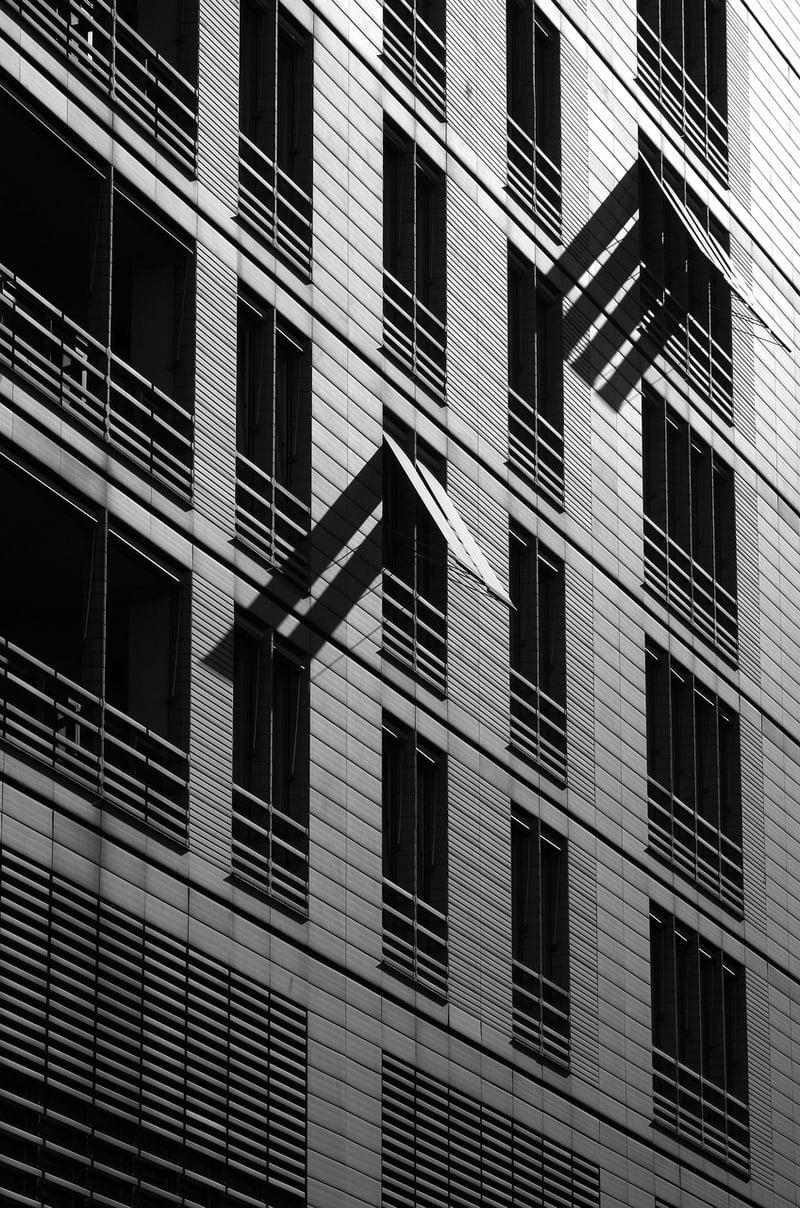Contemporary
Exploring Expressive Movement Forms in Contemporary Dance
Contemporary dance is a dynamic and ever-evolving art form that blends various styles, techniques, and influences to create unique expressions of movement. One of the key elements that sets contemporary dance apart is its emphasis on exploring expressive movement forms. In this article, we dive into the world of expressive movement forms in contemporary dance and how they contribute to the richness and diversity of this genre.
1. Improvisation
Improvisation is a fundamental aspect of contemporary dance that allows dancers to explore spontaneous movement, creativity, and personal expression. Through improvisation, dancers can tap into their emotions, instincts, and physicality to create unique and authentic movement sequences that reflect their individuality.
2. Release Technique
The release technique is another key component of expressive movement forms in contemporary dance. This technique focuses on releasing tension, exploring gravity, and finding fluidity in movement. Dancers often use breath, weight, and momentum to move freely and organically, allowing for a sense of liberation and exploration in their dancing.
3. Floorwork
Floorwork is a distinctive element of contemporary dance that involves movement on the floor. Dancers utilize the floor as a dynamic space to explore different levels, textures, and connections with the ground. Floorwork allows for a grounded and visceral approach to movement, enabling dancers to express themselves in ways that are both intimate and expansive.
4. Gesture and Symbolism
Gestural movement and symbolism play a significant role in expressive movement forms within contemporary dance. Dancers often incorporate gestures, signs, and symbolic movements to convey meaning, emotions, and narratives in their choreography. These gestures add layers of depth and complexity to the movement vocabulary, inviting viewers to interpret and engage with the dance on a deeper level.
5. Integration of Technology
With advancements in technology, contemporary dance has embraced the integration of multimedia elements, such as projections, lighting, and digital effects, to enhance the expressive potential of movement forms. Technology allows dancers to explore new dimensions of creativity, interaction, and storytelling, pushing the boundaries of traditional dance performances.
Conclusion
Expressive movement forms are at the heart of contemporary dance, allowing dancers to push artistic boundaries, challenge conventions, and create powerful and evocative performances. By incorporating improvisation, release technique, floorwork, gesture, symbolism, and technology, contemporary dancers continue to innovate and inspire audiences with their expressive storytelling through movement.

Experience the beauty and creativity of expressive movement forms in contemporary dance, where every gesture, every step, and every moment on stage is a unique and captivating exploration of the human experience.
Join us in celebrating the art of contemporary dance and the boundless possibilities of expressive movement forms that continue to shape and redefine this vibrant and expressive art form.
